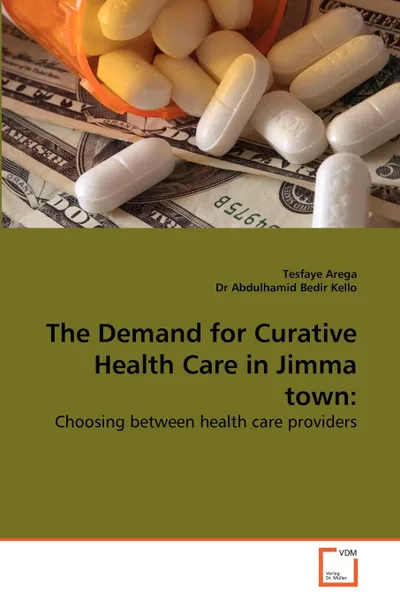The Demand for Curative Health Care in Jimma town 12+
80 страниц
Категория: Индустрии
ISBN: 9783639266146
Язык: Английский
📙 In this study the demand for curative health care in Jimma town was estimated using Nested Multinomial Logit Model(NMLM). The model was estimated based on the primary data collected from Jimma town through sample survey in February 2003. The estimated model shows that the level of healthiness, family structure, consumption level, patient's age and perceived quality of treatment are the factors that determine the demand for curative health care. Furthermore, the demand for curative health care is price insensitive and the insensitiveness decreases as prices increases and as income decrease. The implication is that a slight differentiated increase in price of curative care service in the public health care providers will result in a substantial increase in revenue without significant loss in a consumer's welfare. To achieve the stated advantage, the increase in user fees should be followed by improvement in quality of curative care services in public health care providers. Increasing user fees and quality of services simultaneously help achieving dual benefit of increased revenue and health service utilization.
Мнения
